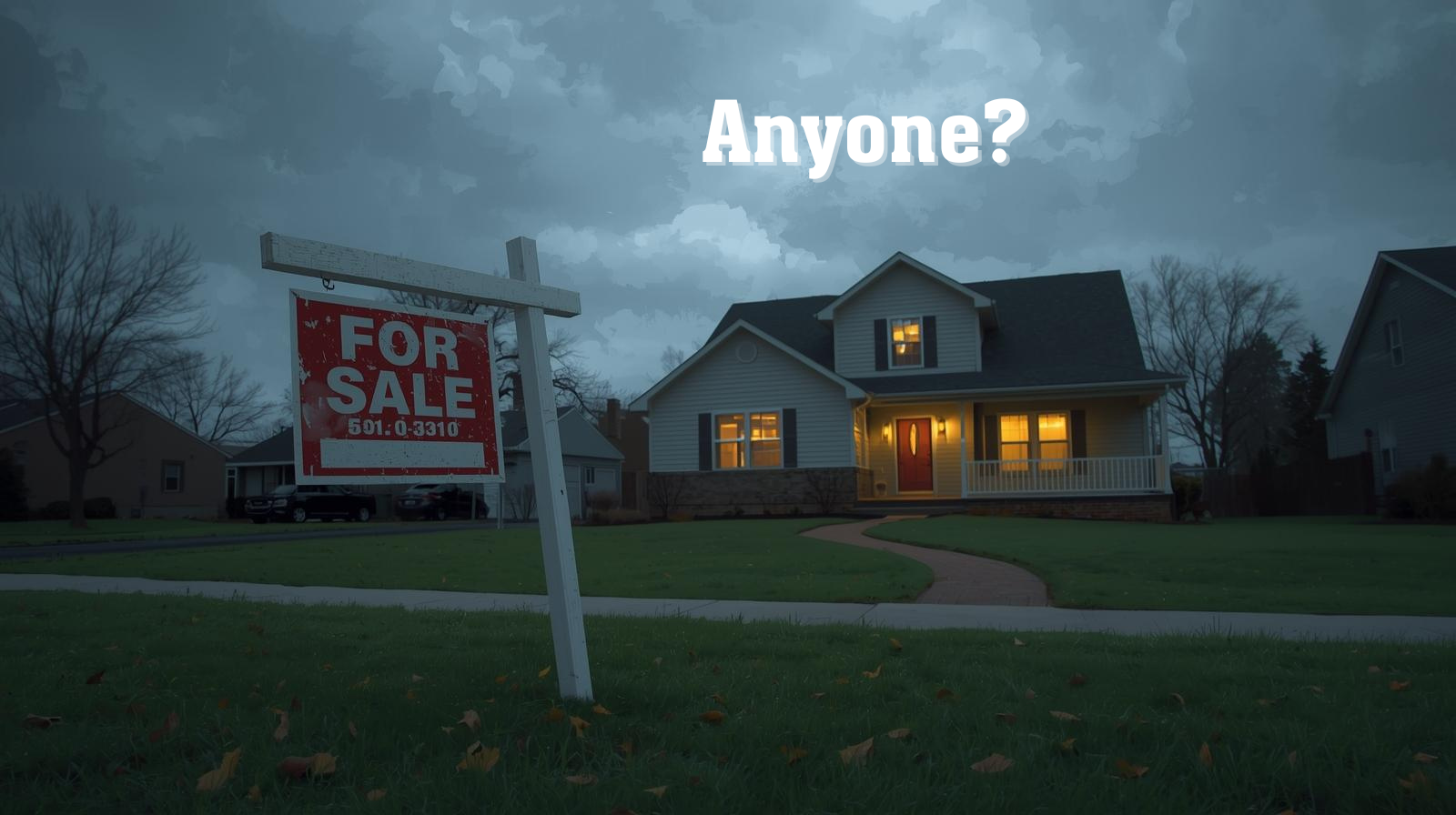Why “High” or “Low” Markets Don’t Matter When You’re Buying and Selling at the Same Time
One of the biggest concerns homeowners have when considering a move is: “Is this a good time to buy or sell?”

One of the biggest concerns homeowners have when considering a move is: “Is this a good time to buy or sell?”
The truth is, if you are both buying and selling in the same market, the relative prices tend to balance out—whether that market is hot, cold, or somewhere in between.
In other words: if you sell low, you also buy low. If you sell high, you also buy high. The key is understanding how this works to your advantage, no matter your next step.
Selling Low = Buying Low (Why That’s Still a Win)
In a buyer’s market—where prices are softer and inventory is higher—your current home may sell for less than you hoped. But the home you purchase will also cost less. Typically, the price difference works in your favour, especially if you’re upgrading.
Example: Upsizing in a Low Market
- Your current home is worth $650,000 in a slow market (in a hot market it may have been $700,000).
- The larger home you want is selling for $900,000 today (but might’ve been $1,050,000 at peak).
Your “loss” on your sale: $50,000
Your “savings” on your purchase: $150,000
Even though you sold for less, you gained far more when you purchased. Upsizers almost always benefit in a soft market because the dollar amounts scale up.
Selling High = Buying High (Why It Still Balances Out)
In a seller’s market, you may get a premium price for your home. But the home you’ll purchase also comes with a premium price tag. Down sizers often benefit most in this scenario because the difference between the high sale price and the lower purchase price is maximized.
Example: Downsizing in a Hot Market
- You sell your family home for $1,200,000 (but in a normal market it may have been $1,000,000).
- You purchase a condo for $700,000 (instead of $600,000 in a normal market).
Your “gain” on your sale: $200,000
Your extra cost on your purchase: $100,000
You still net ahead by $100,000, even though everything is more expensive.
Why Relative Pricing Protects You
When you move within the same market:
- The percentage shifts impact all real estate similarly.
- You are never buying or selling in isolation.
- The market conditions apply across your entire move, which creates a natural balancing effect.
This is why timing the market is less important when your move is lateral within the same region.
Upgrading or Downsizing—You Still Win
If You’re Upgrading
Soft markets are your friend.
Even if you take a slightly lower price on your sale, you gain far more on the purchase of your larger home.
If You’re Downsizing
Strong markets maximize your sale price.
Even though the smaller property costs more, the gap between sale and purchase works in your favour.
The Only Time Market Timing Truly Matters
If you are:
- Selling and not buying, or
- Buying and not selling,
then market timing has a direct financial consequence.
But for people moving within the same market, the differential between the two properties is more important than what the market is “doing.”
Final Thought
Don’t let headlines about “high prices” or “slow markets” stop you from making the move you truly want. When you’re both buying and selling in the same market, market conditions move with you, and in many cases, they actually work to your advantage.
If you’d like a personalized analysis of your buy/sell scenario, I’d be happy to run the numbers for you.
About the Author:
Francesca Belle has been a realtor for 19 years. Visit her google reviews https://share.google/XVI99wbix2pRo3sHqfor insight on how she has helped countless clients achieve their dreams of home ownership.
Office: 905-451-2390
homes@francescabelle.com


